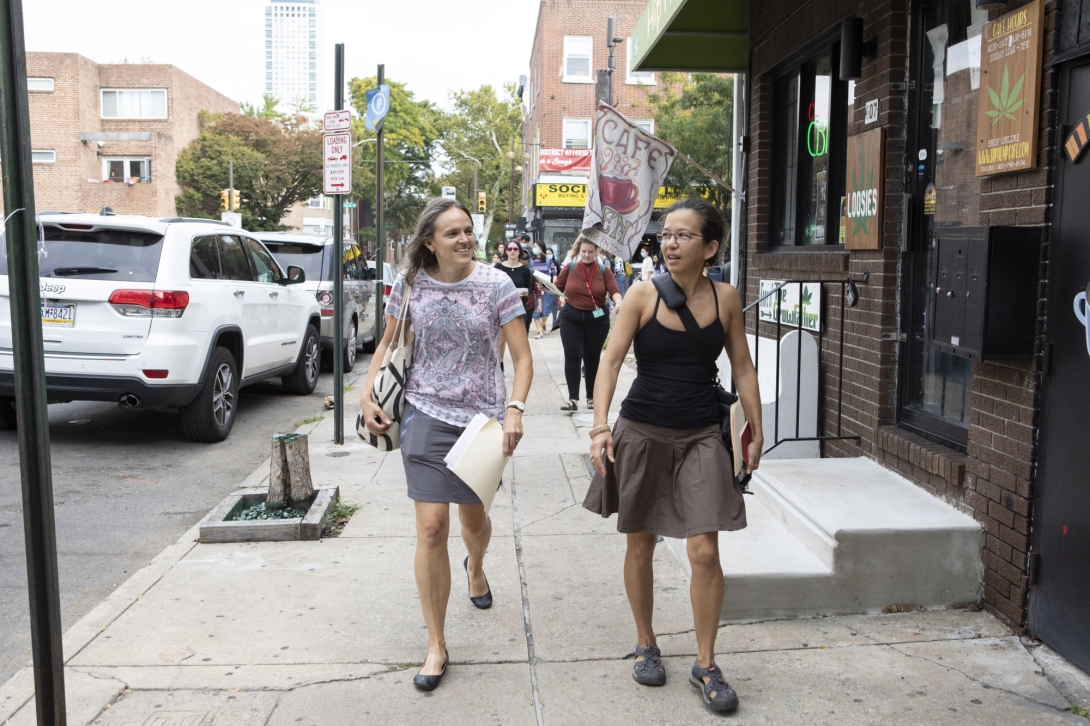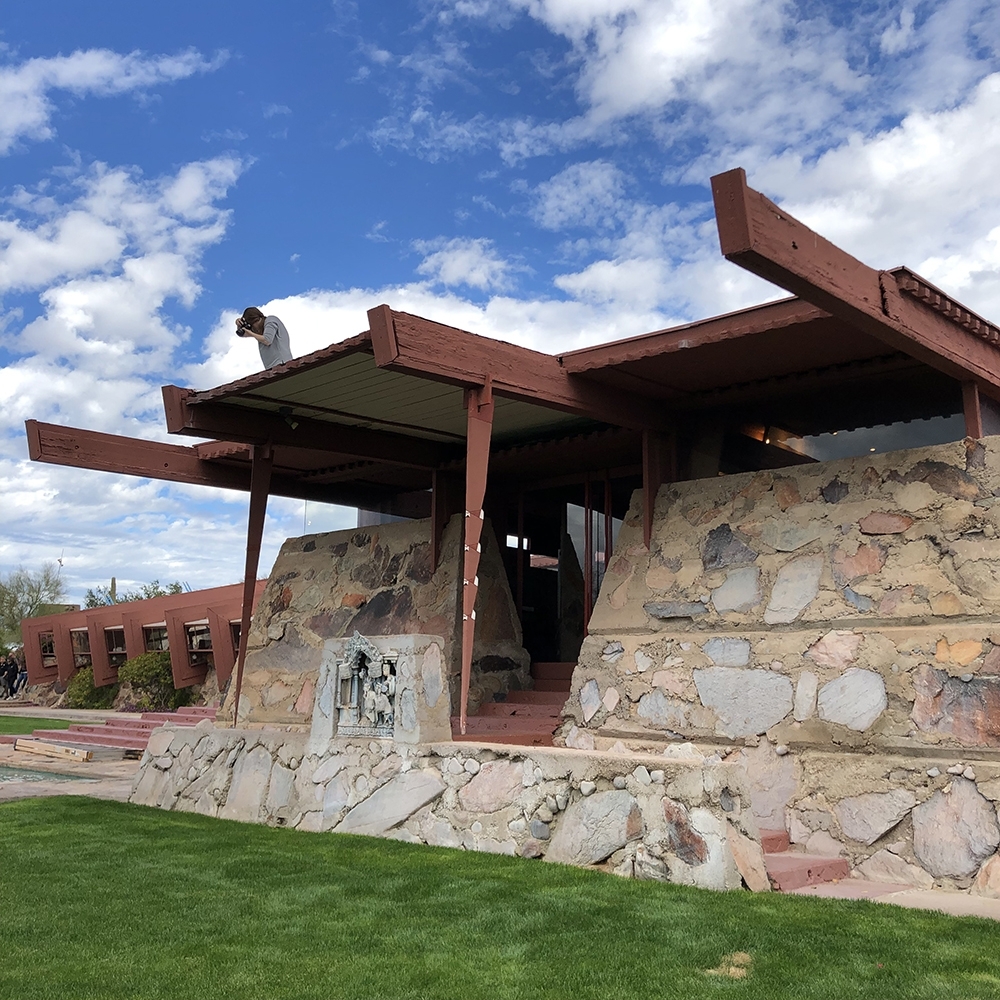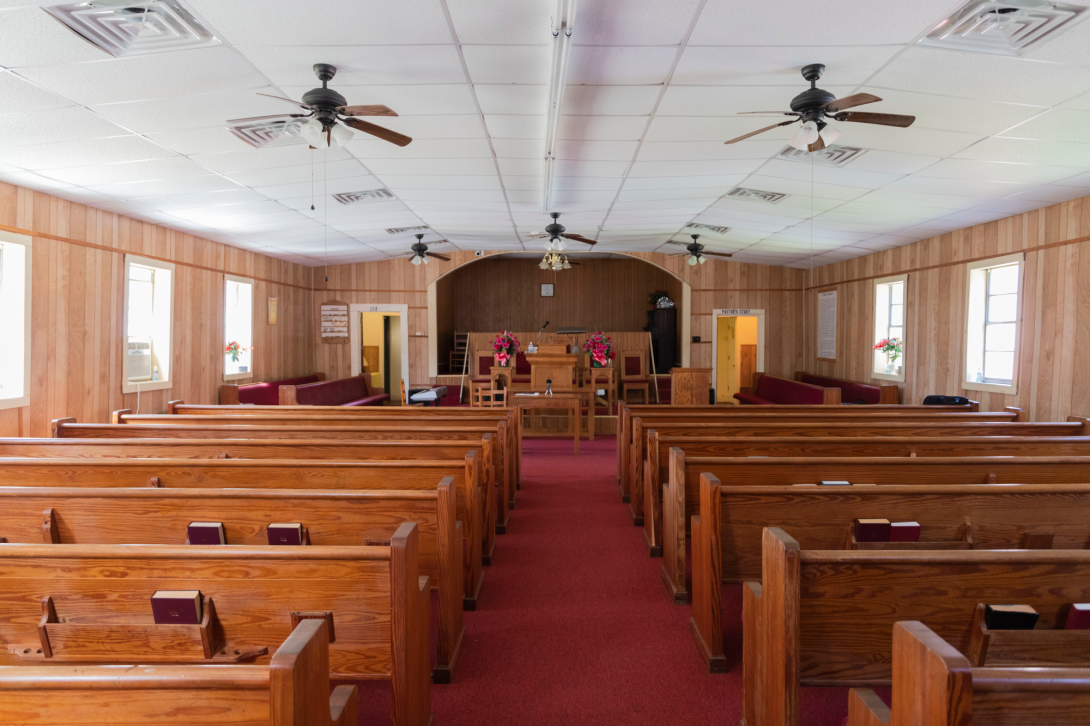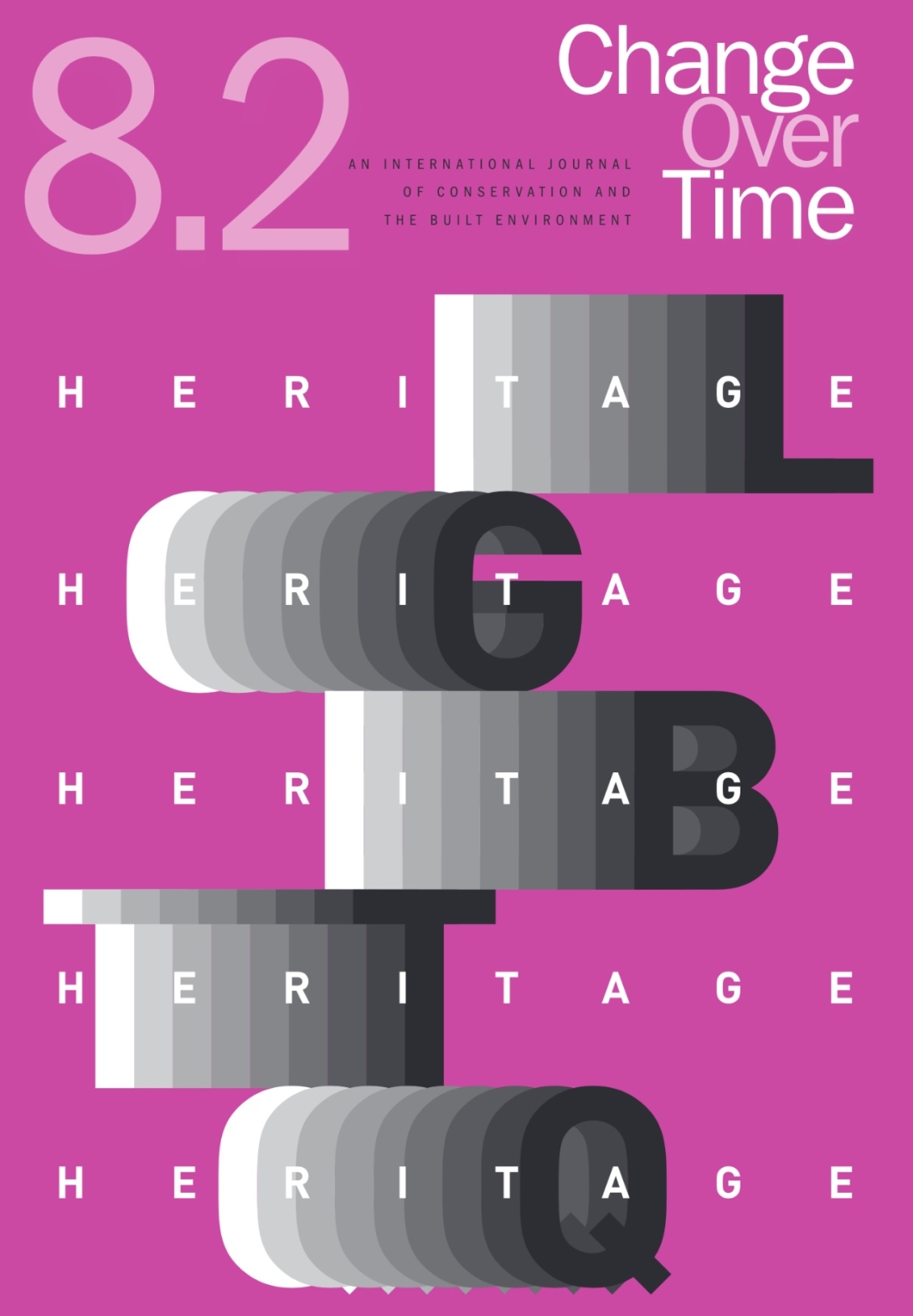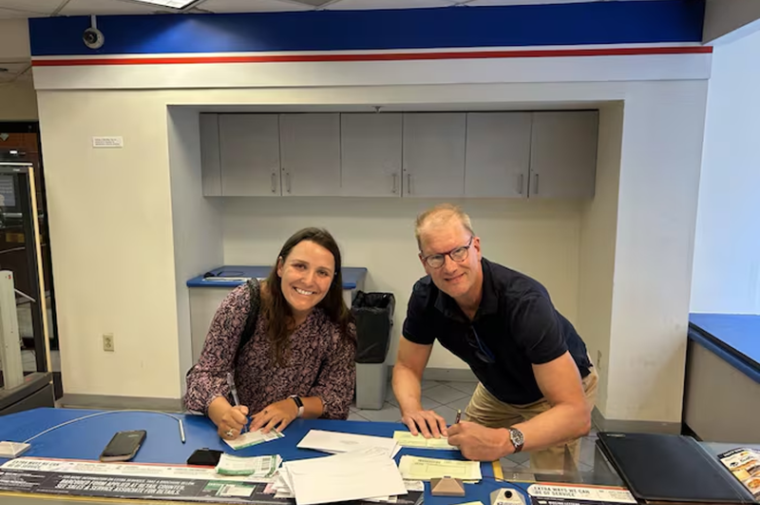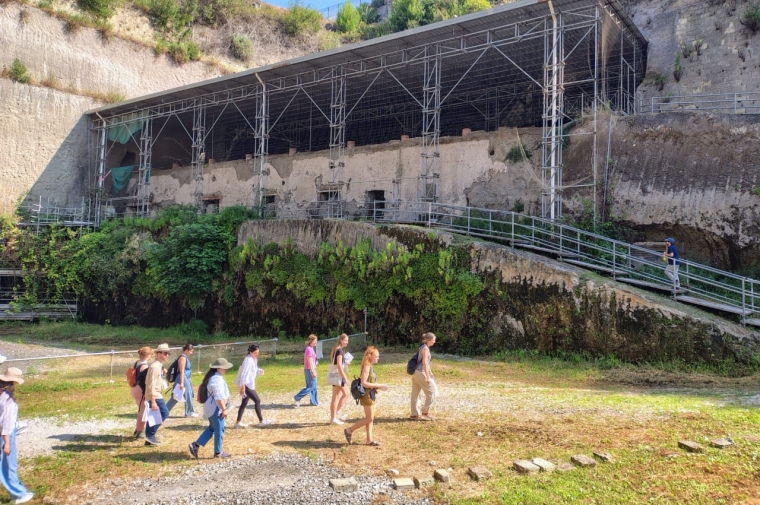August 25, 2023
Penn Milestone Heralds More Expansive Approach to Preservation
By Rebecca Greenwald
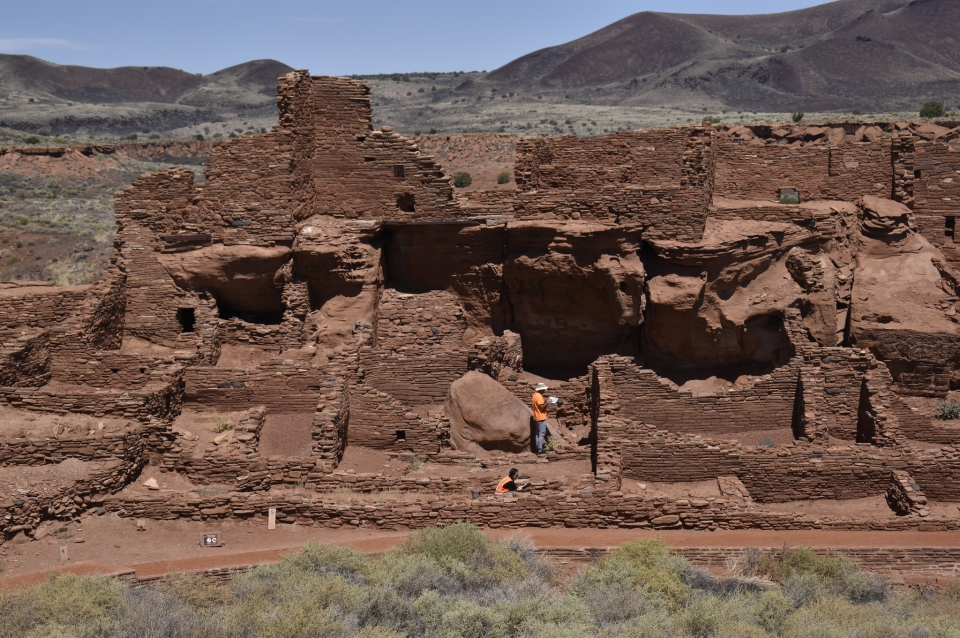
Through Weitzman's Center for Architectural Conservation, preservation faculty and students are working with the National Park Service and the Ancestral Lands Conservation Corps to preserve Wupatki National Monument, where people first gathered in the 1100s. (Photo Ha Leem)
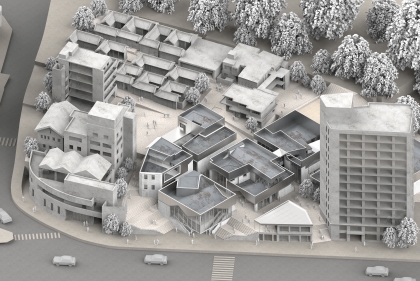
 Expand Image
Expand Image

